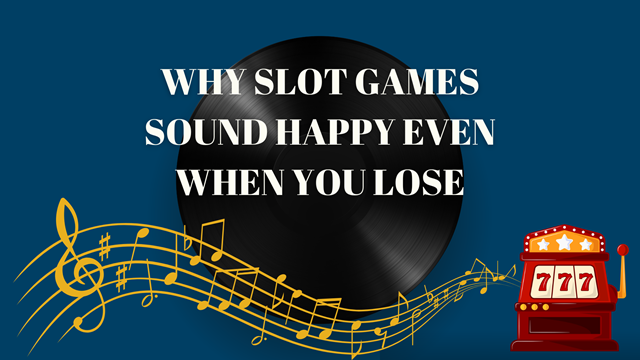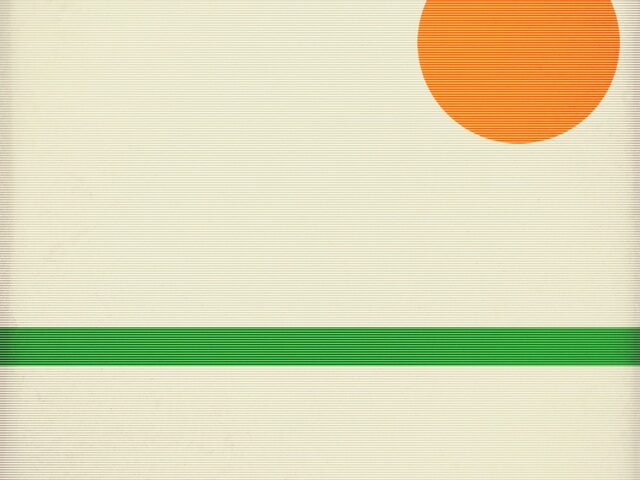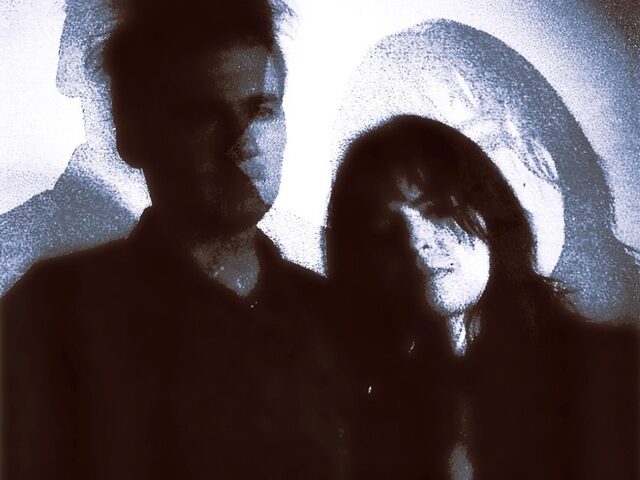Delay is one of those effects that people tend to get into as their playing gets more ambitious. Whereas many guitarists are good with a distortion pedal, reverb and an overdrive, anyone looking to add depth and texture to their playing will find themselves shopping for a delay pedal.
While the sky is the limit price wise, the first decision you meet is whether to buy a tape echo pedal, and analog delay pedal or a digital pedal. While you can make a modern digital delay pedal imitate all three, you don’t want to save money on a tape echo pedal and realize it’s nowhere near the digital sound you were going for.
If you do want specific suggestions, there’s a great buyer’s guide for delay pedals over at KillerGuitarRigs.com, but for now let’s dive into the first stage of your delay pedal journey.
Tape Echo
If you’re looking for a vintage, warbly and roughly decaying delay sound, you want a tape echo delay.
While most people know Les Paul for lending his name to the legendary Gibson guitar of the same name, he was also fundamental to the development of what we know as delay pedals.
Les Paul’s original method involved two machines, where one would record while the other played back, allowing him to get a delay like effect for his guitar.
These days, “tape echo” delay pedals mimic some of the key idiosyncrasies of tape delay, attempting to imitate the distorting decaying sound you get with each repeat, as well as a slightly warbling sound.
If old school, vintage delay tones are what you’re looking for – tape echo is for you.
Analog Delay
All analog delays are based on a bucket-brigade device developed by Boss. This sends the guitar signal through a series of capacitors that repeat the signal with each clock signal.
Analog delays are limited in the length of the delay and number of repeats due to the obvious physics of being based on physical capacitors, so if you want extremely long delays/repeats, look to digital.
However, the electric signals passing through the capacitors tend to have a warmer and more musical sound than digital delay, and don’t suffer the same degradation that tape echo brings to your tone.
If your delay needs are simple and you want something cleaner than tape echo, an analog delay is what you want.
Digital Delay
If you’re looking for a swiss army knife delay, digital is your only choice. Many digital delays can mimic both tape echo and analog delay, on top of adding a whole host of features from sparkling octaves to repeats that go on for minutes, hours or days.
For this level of flexibility, you do pay a premium, but if you just want one pedal and multiple sounds, or if you want something that can’t be done naturally, get your wallet out and take a look at what digital delays can offer you.
Conclusion
The thing guitarists love about pedal boards is they provide a wealth of options. You can dial in your exact tone, or you can buy one of everything and sound differently every time.
Delay pedals are no exception, and the first step on your delay journey is figuring out what you want your delay to do and sound like. From there, the world is your oyster.





